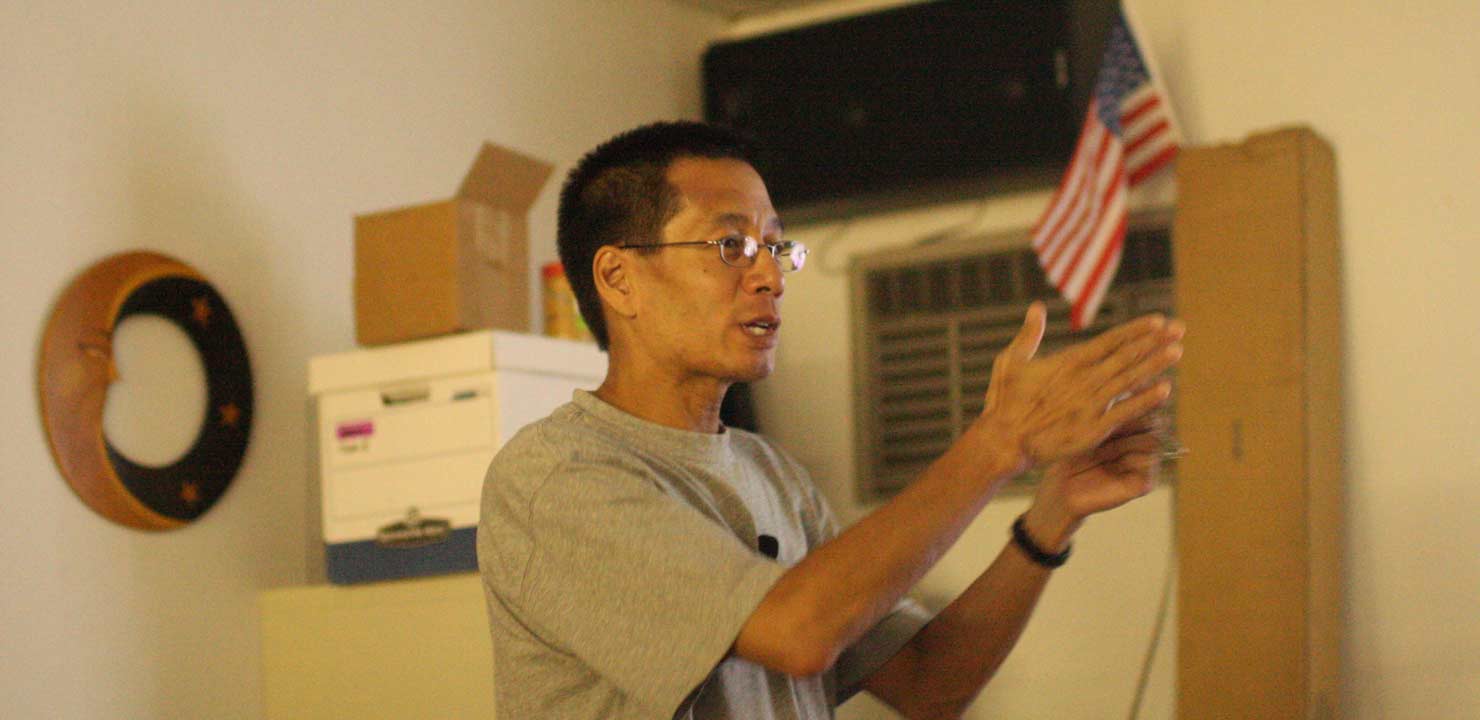
Meeting Night, Public Open Night & Double Star Challenge
by Francine Jackson, Jim Hendrickson & Dave Huestis
Francine Jackson
Rhode Island hasn’t been the best place to observe lately, but Saturday at Seagrave the sky was rather good, all weather reports to the contrary. While still in the early evening sky, Saturn was the big hit in the Clark refractor.
Leaving the dome, Jim was setting up outside, and he treated us to, among others, the coat hanger and Albireo. On the way out, Bob called me over to observe Epsilon Lyrae, both members of which were split. For a night that was supposed to have had rain and possible thunderstorm conditions, it was well worth going.
Jim Hendrickson
Dave Huestis
August 4 was one more of the numerous hot and humid days we’ve experienced this summer. I arrived at Seagrave around 7pm to attend the monthly Skyscrapers meeting. Bob Horton had already opened up the Clark dome to let it cool down a bit before our public open night session later that evening.
After the lecture by Ed Ting, I immediately went over to the dome to begin my public observing session with the Clark. Bob Horton was already upstairs with a group from the public. The ante-room also had a good sized group of individuals, so I gave them a brief tour of the items we have on display in the case and on the walls, as well as providing them a brief historical account of Frank Seagrave, the Clark refractor and Skyscrapers.
I finally made it up the stairs to the dome about ten minutes later. Unfortunately Saturn had already slipped behind the trees to our west, so I had one of the visiting children rotate the dome halfway across the sky so we could observe the beautiful double-star Albireo. As usual I asked everyone to take a look and to remember the colors they saw. After everyone had gotten their view I had them reveal what colors they saw.
Some got it correct (blue and gold). Others saw green for the blue star (usually a sign of an older person’s eyes yellowing with age).
At one point when I was cranking up the weights that provide the energy to power the governor and the clock drive, I was startled to simultaneously hear a rapid whirring noise and see the large gear rapidly spin and the weights run to the bottom of the recess where they reside. I asked out guests if they could visit the telescopes out back so I could assess the situation.
I turned on the lights and began to examine the drive components. I couldn’t see anything that was awry. I reset the sector arm to the west and tried again. It worked fine. (After talking to Steve Siok the next day we determined the only way what I observed could happen would be if the ratchet “brake” did not engage and got stuck open for some reason.
The guests who had gone out back had returned, and with the drive now functioning correctly we were able to observe M13. All the while, low clouds, which actually looked more like fog, were rapidly moving in from the southeast. In a matter of minutes the stars disappeared from view. Though the Moon could still be seen occasionally through the clouds, it would not have been visible to the east southeast from the Clark for at least another hour or so it was time to end the observing session for the night.
Closing time was about 10:30 pm. About 25 guests visited Seagrave Observatory that night. Member Ernie Ross had spent much of the night up with me in the dome, and Jim Hendrickson and Pat Landers stopped in to take a peek or two through the Clark.








